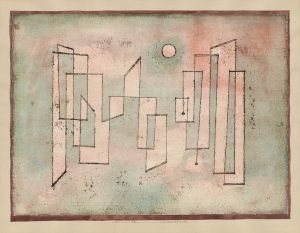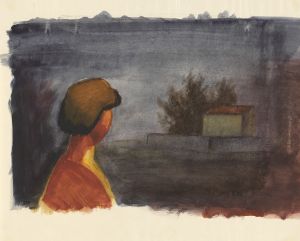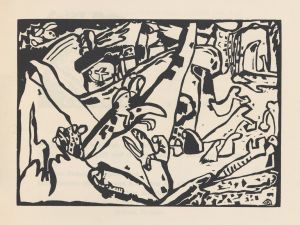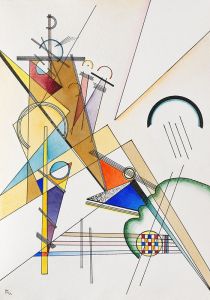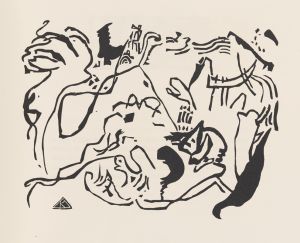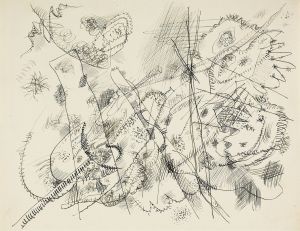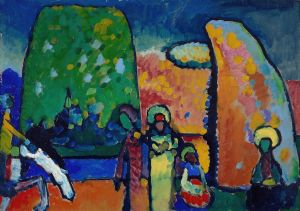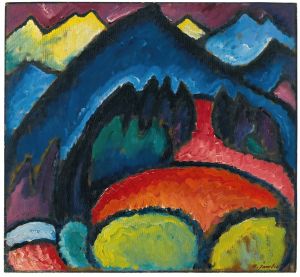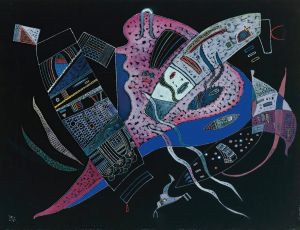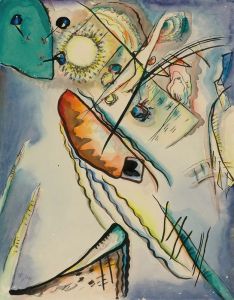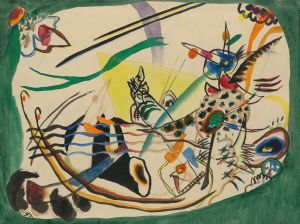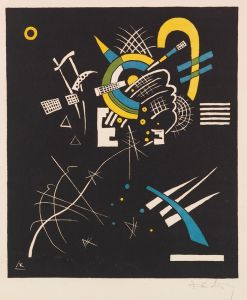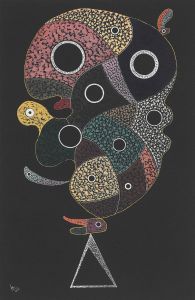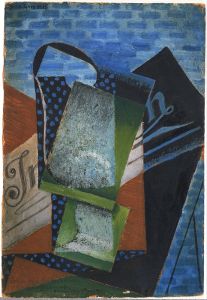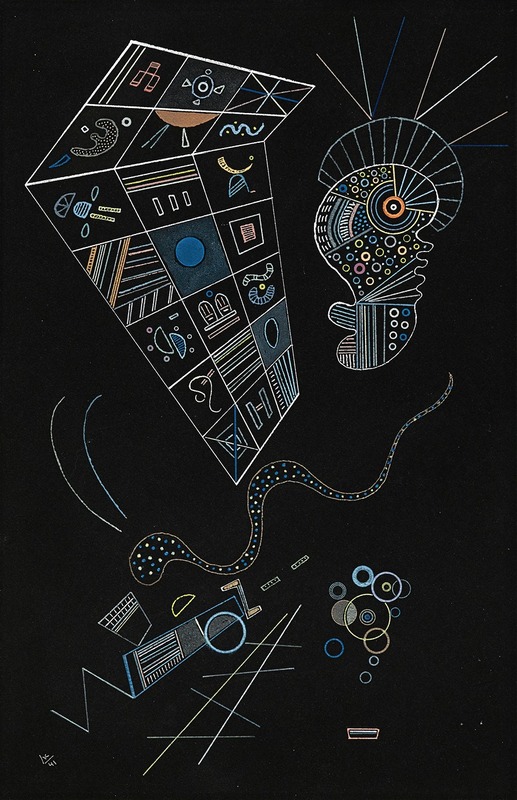
Ohne titel
A hand-painted replica of Wassily Kandinsky’s masterpiece Ohne titel, meticulously crafted by professional artists to capture the true essence of the original. Each piece is created with museum-quality canvas and rare mineral pigments, carefully painted by experienced artists with delicate brushstrokes and rich, layered colors to perfectly recreate the texture of the original artwork. Unlike machine-printed reproductions, this hand-painted version brings the painting to life, infused with the artist’s emotions and skill in every stroke. Whether for personal collection or home decoration, it instantly elevates the artistic atmosphere of any space.
Wassily Kandinsky, a pioneering figure in abstract art, created numerous works that have left a significant impact on the art world. Among these works is "Ohne Titel," which translates to "Untitled" in English. Kandinsky's exploration of abstraction and his theories on the spiritual in art have made his works subjects of extensive study and admiration.
Kandinsky was born in Moscow in 1866 and initially pursued a career in law and economics. However, his passion for art led him to move to Munich in 1896, where he studied at the Academy of Fine Arts. His early works were influenced by Impressionism and Post-Impressionism, but he gradually moved towards abstraction, a shift that would define his career and legacy.
The exact date of creation for "Ohne Titel" is not specified, but it is consistent with Kandinsky's abstract style that emerged prominently in the early 20th century. During this period, Kandinsky was deeply involved with the Blue Rider (Der Blaue Reiter) group, which he co-founded with Franz Marc in 1911. This group was instrumental in the development of abstract art and sought to express spiritual truths through their work.
Kandinsky's "Ohne Titel" exemplifies his innovative approach to form and color. His abstract compositions often feature a dynamic interplay of shapes and hues, reflecting his belief that art should transcend the material world and evoke emotional and spiritual responses. Kandinsky was influenced by music, particularly the compositions of Richard Wagner and Arnold Schoenberg, and he often likened his paintings to musical compositions, where colors and forms create a visual symphony.
In his theoretical writings, such as "Concerning the Spiritual in Art" (1911), Kandinsky articulated his vision for abstract art. He argued that art should not merely replicate the visible world but should instead convey the artist's inner experiences and emotions. This philosophy is evident in "Ohne Titel," where the absence of a defined subject allows viewers to engage with the painting on a purely emotional and interpretative level.
Kandinsky's work, including "Ohne Titel," played a crucial role in the evolution of modern art. His abstract style challenged traditional artistic conventions and opened new avenues for artistic expression. His influence extended beyond painting, impacting various art movements, including Abstract Expressionism and the Bauhaus, where he taught from 1922 to 1933.
Today, Kandinsky's paintings are celebrated for their innovative use of color and form, and they continue to inspire artists and art enthusiasts worldwide. "Ohne Titel" is a testament to Kandinsky's belief in the transformative power of art and his commitment to exploring the spiritual dimensions of human experience through abstraction. His legacy endures as a cornerstone of modern art, and his works remain a subject of study and admiration in art institutions and collections globally.





